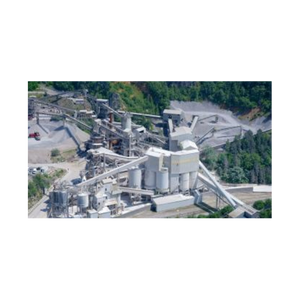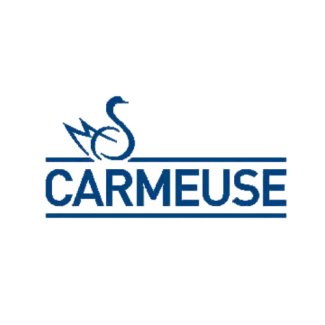About Carmeuse
Carmeuse’s roots date back to 1860. Since then, the company has grown into a worldwide producer of lime, limestone, and mineral-based products. The company’s solutions find their way to the industrial and construction sectors, and are used in applications for the treatment of soil, air, water, etc. Carmeuse also provides devices and services that improve the customers’ processes and increase their safety.
The challenge at Carmeuse
“We were using a legacy tool that we implemented in 2005. The tool lacked flexibility, full consolidation functionality and user-friendliness and it had been announced that support would stop from the vendor. Ten years later, the company decided to adjust its IT strategy. “At that time, we decided to maintain SAP as an ERP platform, but to also look for an alternative for the data warehouse and the consolidation tool.” says Barbara Jonnart, VP Finance at Carmeuse. We embarked on a search for a new consolidation tool that would be comprehensive to meet all their functional requirements, flexible to adapt to new changes and with an open architecture that would fit in perfectly with the company’s SAP environment.
The objectives of this project
As Carmeuse had adjusted its IT strategy, Barbara Jonnart relaunched the selection process. In the meantime, Microsoft SQL had been chosen as data warehouse. It was Carmeuse’s clear objective to go for a single tool that would support consolidation and planning, thus keeping the resources for implementing, integrating, managing and maintaining the solution under control. “We needed a tool to help us manage multi-consolidation in different currencies, with different scopes and GAAPs,” explains Barbara Jonnart.
“The tool needed to have a robust acquisition register and be easy to update and manage. It was also important that it would automate the cash flow statements by legal entity and at the consolidated level, retrieve statutory accounts, and trace group GAAP adjustments.” Carmeuse needed a tool that would replicate the management consolidation logic by profit center and not by legal entity. It was key that the consolidation tool could not only be used for consolidating actuals, but also for forecasting, budgeting and planning. “We looked closely at several consolidation tools,” say Barbara Jonnart, “but only CCH® Tagetik managed to meet all of the requirements” Carmeuse particularly liked the user-friendly nature of CCH Tagetik. Moreover, the tool manages consolidation and planning in a single environment, just like the company required. When CCH Tagetik was selected, Carmeuse did not have to search for very long in order to find an adequate implementation partner. “We had already been working together with element61 and this company knows our business like no other.
The solution: CCH Tagetik
CCH Tagetik now ensures the consolidation of the various entities with different currencies, different scopes and different GAAPs. Furthermore, the tool also automatically delivers consolidated cash flow statements per legal entity. “We have started to consolidate the actuals,” explains Barbara Jonnart. “This was followed by the consolidation of forecasts and budgets.” Carmeuse also developed a first set of reports in CCH Tagetik. “This mainly concerned the balance and P&L reports, both legal and managerial. The objective was to create an environment in which users can easily validate the reported figures.”
CCH Tagetik also provides a way to keep and bundle notes - throughout the year - for the consolidated annual report. This is now being performed in a fully integrated way, without the need for Excel. “Meanwhile,” continues Barbara Jonnart, “the sales managers are now also using CCH Tagetik and we have developed a module within the framework of our long-term strategic plan for sales, finance and investments.
The results and benefits
The projection of the consolidated cash flow is now also being performed in CCH Tagetik. This allows Carmeuse to feed back information very smoothly, for instance within the framework of the company’s bank covenants. “We used to do all of this by means of large and complex Excel reports. But today, everything comes from CCH Tagetik,” says Barbara Jonnart.
“We want to use this tool for automatic tax reporting. Indeed, all the necessary input is already available via the data warehouse. The same goes for all budgets, not only for sales, but also for HR and administration.” In this context, flexibility remains the keyword. “You can do really great things in CCH Tagetik! Well-defined requirements and an experienced partner can support you to take advantage of the the tool’s full potential.” Barbara Jonnart concludes by explaining that “The consolidation is now being performed much faster and it is simply much clearer. For the Finance department, this results in significant time savings, while we now have an audit trail of every movement. This allows us to support the business faster, and with better information.”
Read here the full and original case study of Wolters Kluwer.
